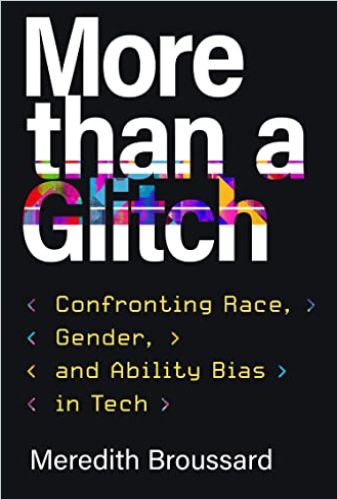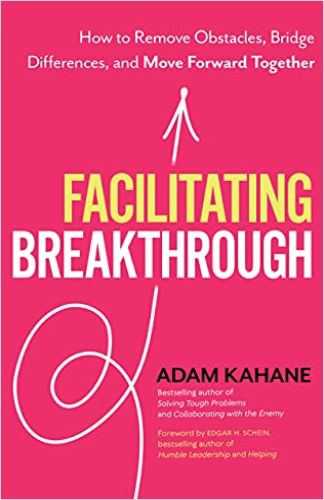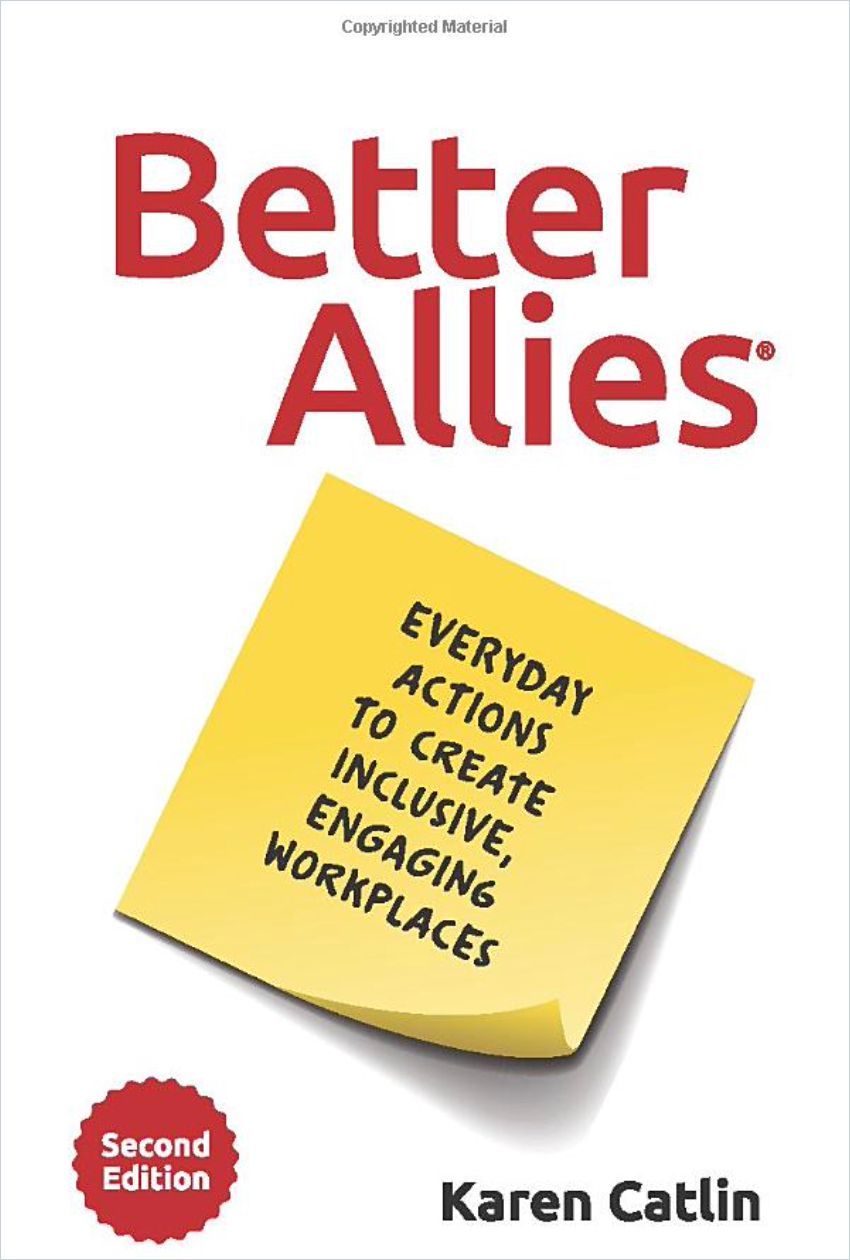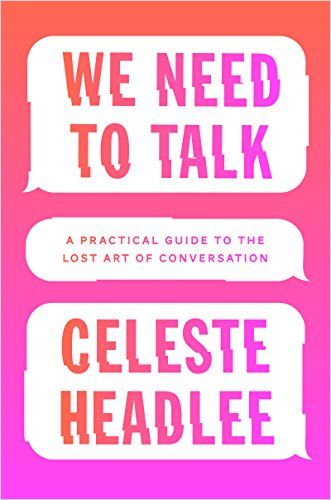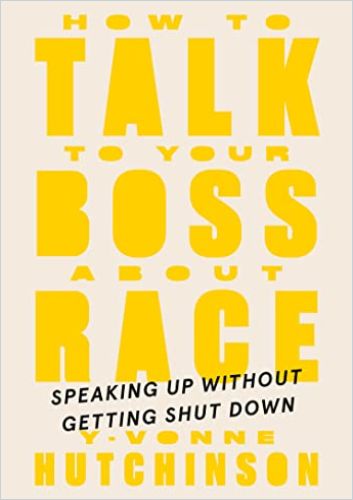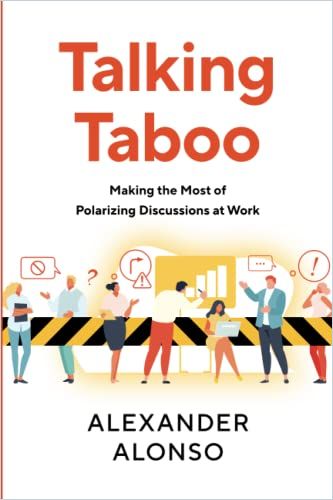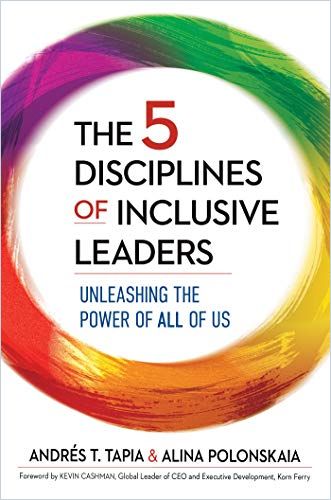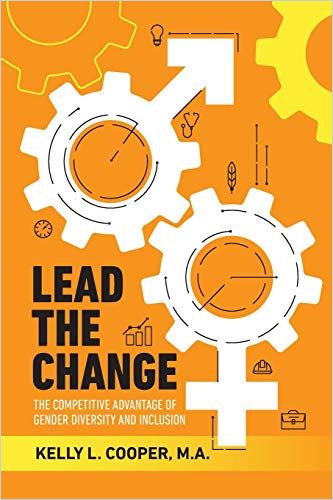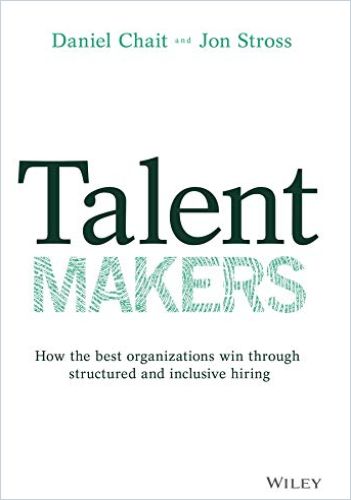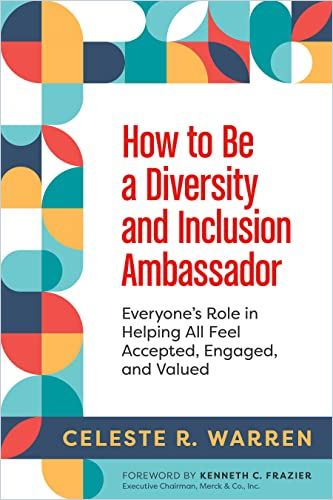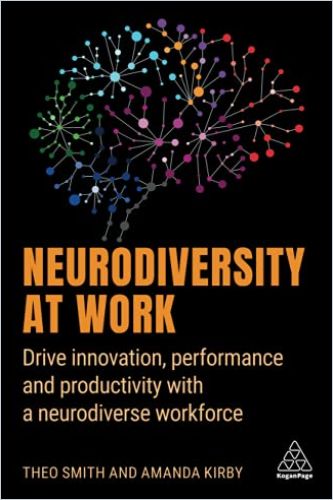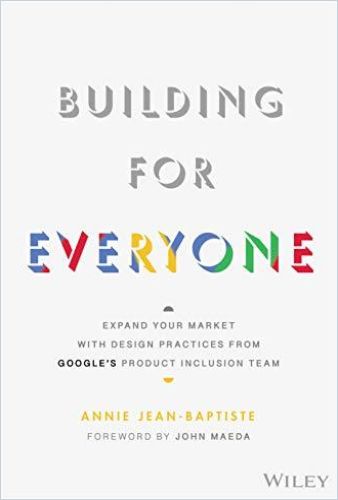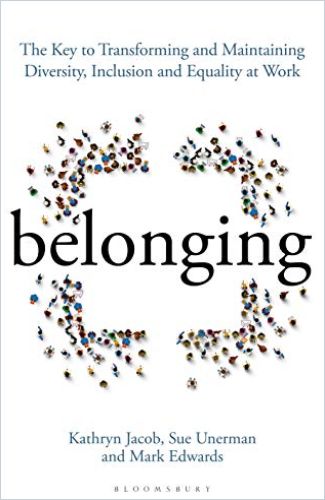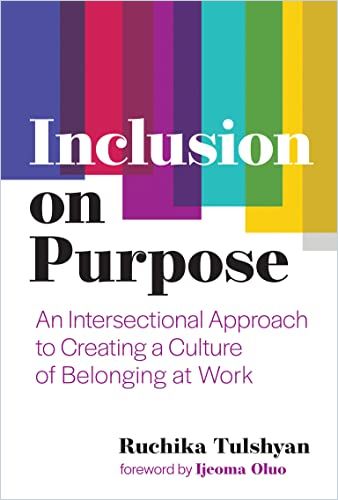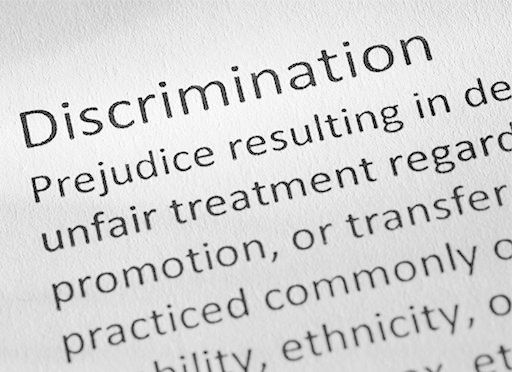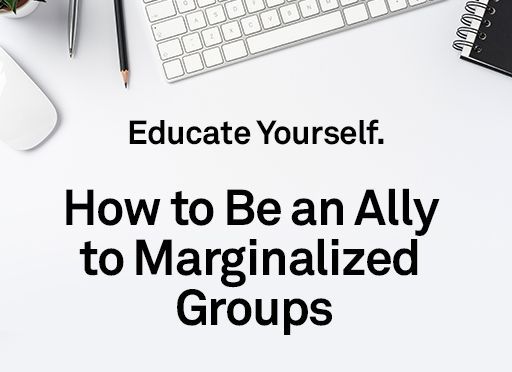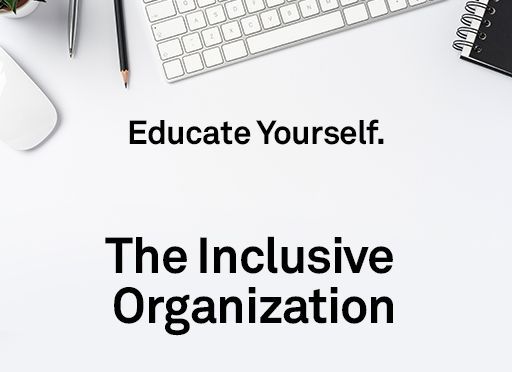Inclusion is a Transformative Change

Everybody has unquestioned biases. Employees are often overlooked for promotions or opportunities simply because they don’t fit the unconscious image their company’s managers may have of what a leader looks like, and that’s a shame because if employers don’t value their talented employees, they will go elsewhere. The best way to begin changing the negative effects of bias is to uncover them and start questioning them. Self-reflection is an important characteristic of leadership, and it also behooves a company to facilitate processes of organization-wide introspection to improve business systems, expand inclusiveness and make sure that all workers, regardless of how they fit a stereotypical mold of leadership, have access to opportunities.
Authors Mark Kaplan and Mason Donovan report in The Inclusion Dividend that companies that prioritize diversity – “the presence of difference” – and inclusion are more profitable than their less attentive competitors. They note groups at work naturally form between individuals based on similarities – it could be along identity lines such as LGBTQ+ workers, parents or foreign language speakers – or within departments based on work function or project collaborations. It’s useful to think about inclusion at these levels and continuously question how to make groups more inclusive. However, a true commitment to inclusion is a matter of culture that starts with the attitudes of company leaders and is embedded in every business practice.
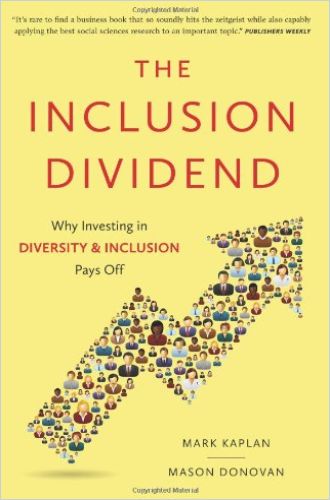
A company’s product design, marketing strategy and approach to customer service also reflect their commitment to diversity and inclusion. True change takes time, careful goals, continuous analysis of data to detect patterns of bias and the training to see DEI (Diversity, Equity and Inclusion) initiatives through.
Over two decades of working with corporations around the world, we have found that a strategic investment in creating a diverse and inclusive corporate culture always pays off.
Mark Kaplan and Mason Donovan
Make Fairness Your North Star
Culture change begins with committed leadership. In Expand Beyond Your Current Culture, author Leslie Short reminds readers that achieving diversity and inclusion goals takes honest self-reflection on the part of leaders. Don’t approach diversity goals as a matter of checking boxes. Nurture authentic understanding between people. Proactively offer diversity and equity training. Perhaps hire a consultant to evaluate your company’s DEI policies. Demonstrate company integrity through transparency and respect for the contributions of everyone.
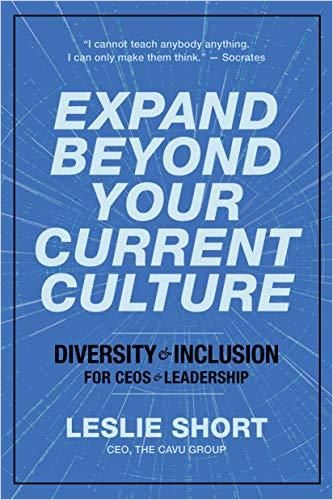
Author Josh Bersin agrees that integrating DEI practices is a cultural transformation. In Elevating Equity, he asserts that a feeling of inclusivity should permeate the organization and be a part of every candidate’s career journey. Often, companies tack on DEI initiatives that don’t feel authentically motivated, or focus solely on interventions when the goal is deep transition. Target and Hilton, among other large companies, integrate their inclusion goals into their business growth strategies with great success. This is where it has the most impact, as part of an organization’s vision of its future, rather than as an adjunct policy rolled out by HR. By integrating DEI as a business function, companies declare their long-term commitment to social equity.
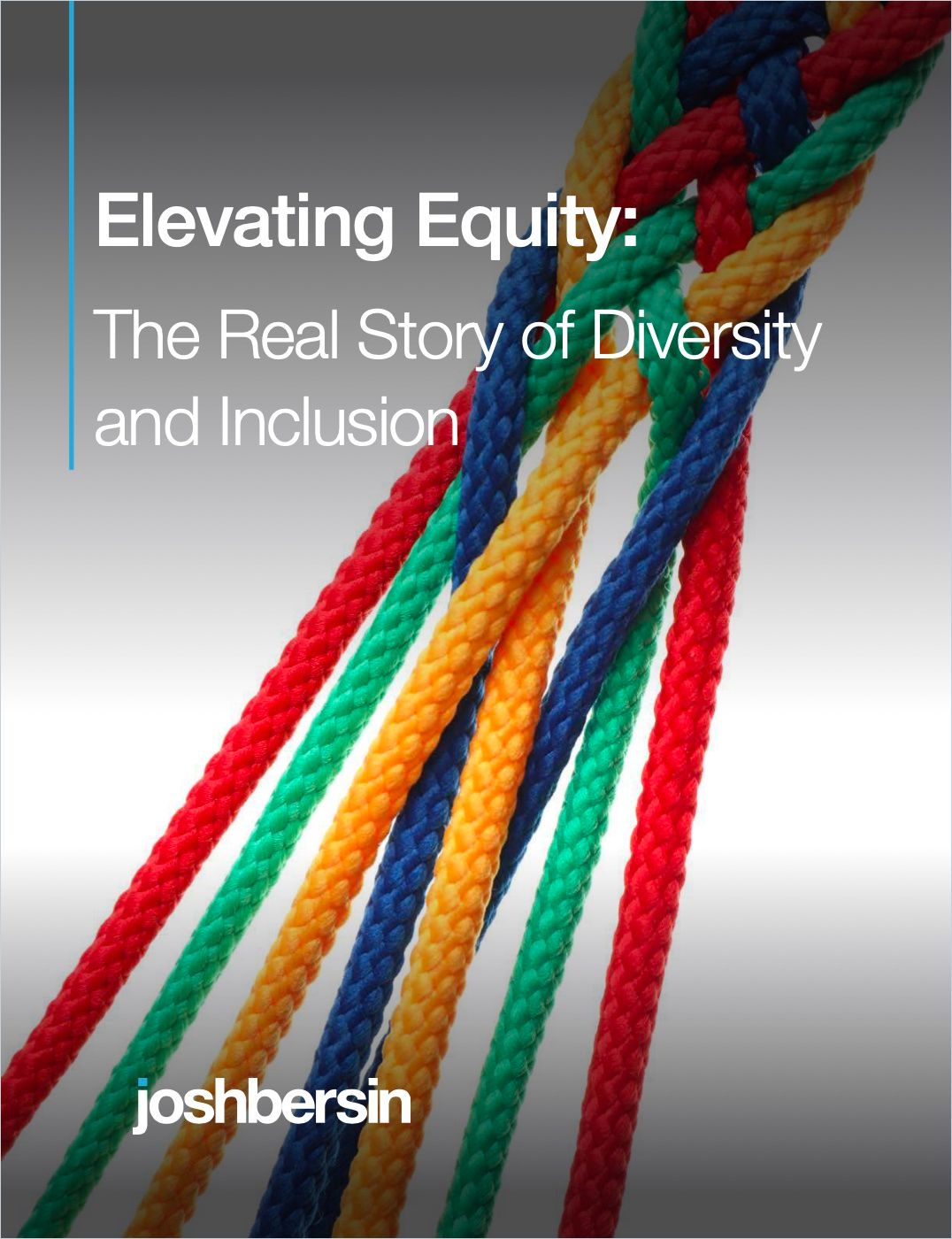
Kaplan and Donovan recommend considering your culture’s transformation as a four-phase journey:
- First, gather data via surveys, interviews and meetings.
- Next, incorporate this data into developing a strategy that fits with your business strategy. The result will be a plan to roll out your inclusion policies organization-wide. One of the actions you can take in this phase is to establish a “diversity council.”
- The third phase focuses on the implementation of the strategy. Engage all employees through training, development programs, Employee Resource Groups (also known as affinity groups) and effective communication. The goal is to make inclusivity a part of daily life at work.
- Finally, you will go through a “measurement and recalibration” phase, assessing the success of your inclusion program and making adjustments where necessary.
Inclusion is not a problem to solve but an opportunity to seize.
Leslie Short
Make Sure All Systems Are Go
As Bersin points out, “You can’t drive bias out of the person, you have to drive it out of the process.” This means from hiring to retaining to developing to promoting talent, constantly vet your systems for fairness. Top talent will only stay in companies where they see people who look like them promoted to leadership. In Inclusify, author Stefanie Johnson emphasizes objective criteria and anonymous assessments in hiring.
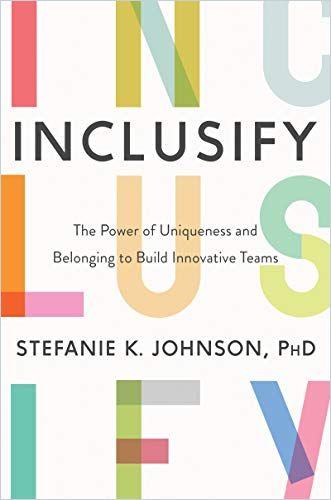
Marc Benioff, CEO of Salesforce, took proactive steps to ensure that his company treated women, who are historically paid less than their male counterparts, equitably. As you integrate AI into your business systems, be aware that algorithms can reflect biased datasets or the biases of their programmers, who are largely male and white. These summaries can get you up to speed on the issue:

Manage AI Bias Instead of Trying to Eliminate It
MIT Sloan Management Review Read SummaryUnlike ‘diversifying’ or ‘including,’ Inclusifying implies a continuous, sustained effort toward helping diverse teams feel engaged, empowered, accepted and valued.
Stefanie Johnson
Conversations Are The Building Blocks of Inclusive Culture
Many companies go beyond legal compliance and their own DEI commitments to be a workplace that welcomes difference, looks for ways to grow their culture, not homogenize it, and appreciates the value different approaches bring to problem-solving. Honest, free-flowing conversations are the lifeblood of vital, innovative organizations. Beyond ethnic, racial, religious, ability and gender diversity, people of different generations, different levels of outgoingness and neurodiversity, among other differences that may not be obvious, may respond negatively to off-hand comments or demands. Just practice diplomacy. To facilitate the benefits of diversity and inclusion for greater engagement and productivity, Alissa Carpenter, author of How to Listen and How to Be Heard, offers these suggestions:
- Identify your colleagues and employees’ individual strengths.
- Identify your own strengths and weaknesses. Ask for honest feedback and other perspectives from your colleagues. Questions are a great way to get other people to open up.
- Focus on results rather than micromanaging every step.
- Be transparent about perceived knowledge and skill gaps.
- Recognize that different generations respond differently to different motivations and different communication styles.
Read more about Carpenter’s advice for untangling biases and working through difficult conversations:

For more on fostering inclusive conversations:
Next Level HR
A Diversity Council comprised of members from various departments can guide the way through strategy development. A smart HR department facilitates Employee Resource Groups (ERGs), giving them the resources they need to include diverse groups effectively. A DEI department facilitates implementation. Some companies hire a chief diversity officer (CDO). Both DEI and HR work together as a “task force” to implement change. Follow through with outreach communications and advertising via the marketing department. As Boston Consulting Group notes in its report, “Diversity Is Just the First Step. Inclusion Comes Next“:
By taking action to cultivate a more inclusive culture – by instituting broad organization-wide policies and improving the hundreds of daily interactions that make up an employee’s work day – companies can move toward getting the best from all of their people.
Boston Consulting Group
Recognize and reward the leaders within your company who architect inclusive practices, and facilitate the spread of those programs throughout the organization. Have a firm anti-discrimination, anti-harassment policy there is no doubt you will uphold, and encourage all employees who witness instances of discrimination or insensitivity to say something. Reward the behavior you’re trying to create in performance reviews and with bonuses.
Include Your Customers And Your Vendors
HR can help develop and integrate DEI initiatives by listening to ERGs and other employee groups for input on development programs, analyzing diversity metrics, and testing marketing campaigns for different demographics. In “Marketing Beyond the Gender Binary,” Nick Monroe and Dipanjan Chatterjee, writing for MIT Sloan Management Review, challenge companies to update their ideas about gender, because their customers surely have. Wellness and cosmetics companies are leading the way with gender inclusivity in their marketing efforts. Mastercard implemented a “True Name” policy where nonbinary and transgender people can utilize the name they choose on their card, even if they haven’t legally changed it, aligning their inclusivity goals with the “four axes of marketing (product, place, price, promotion).” Younger customers, especially, take notice and appreciate the effort, as will your LGBTQ employees.
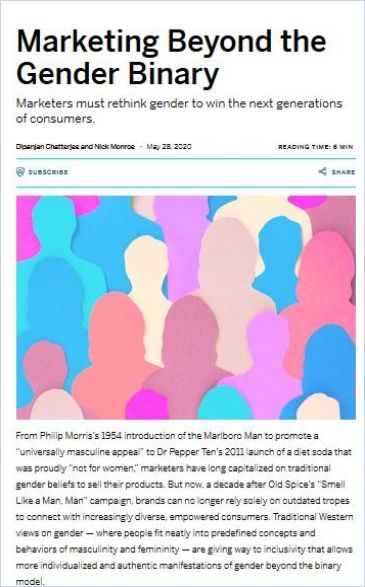
Other brands are introducing gender-neutral clothing to their lines. Toy companies are developing gender-neutral choices. Customers already resent pricing based on gender differences, what’s become known as the “pink tax,” and brands are changing to align with their expectations of equity. In terms of generational differences, Gen Z responds to different marketing hooks and channels than Baby Boomers.
Brands can no longer rely solely on outdated tropes to connect with increasingly diverse, empowered consumers.
Nick Monroe and Dipanjan Chatterjee
Marketers will need to update their sampling and research methods to better reflect changing concepts of gender. As Simha Mummalaneni and Jonathan Z. Zhang point out in “Maximizing the Benefits of B2B Supplier Diversification,” supplier diversity programs increase competition among suppliers. It pays for large businesses to proactively cultivate a diverse community of small business vendors.
Simha Mummalaneni and Jonathan Z. Zhang
Back To One
In the end, it really does come back around to leadership. You can model leadership behaviors no matter what your position is in an organization. Think about what you care about changing, how it relates to your values, and how you can model the way forward. Call out the good work of others for praise and be willing to accept critiques from your managers and colleagues and direct reports.
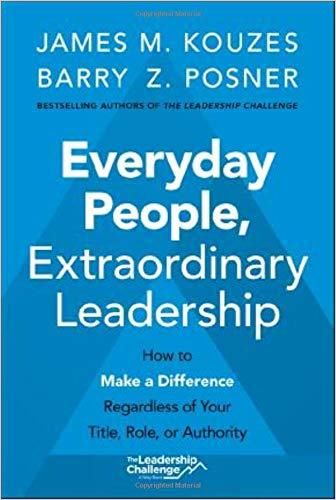
Leaders need a team and the best teams require psychologically safe environments. Express your enthusiasm for the contributions of those on your team and your support for their efforts. This positive view of co-workers and your shared purpose is the foundation of leadership and can be practiced anywhere, no matter what your job title.
Learn more:
